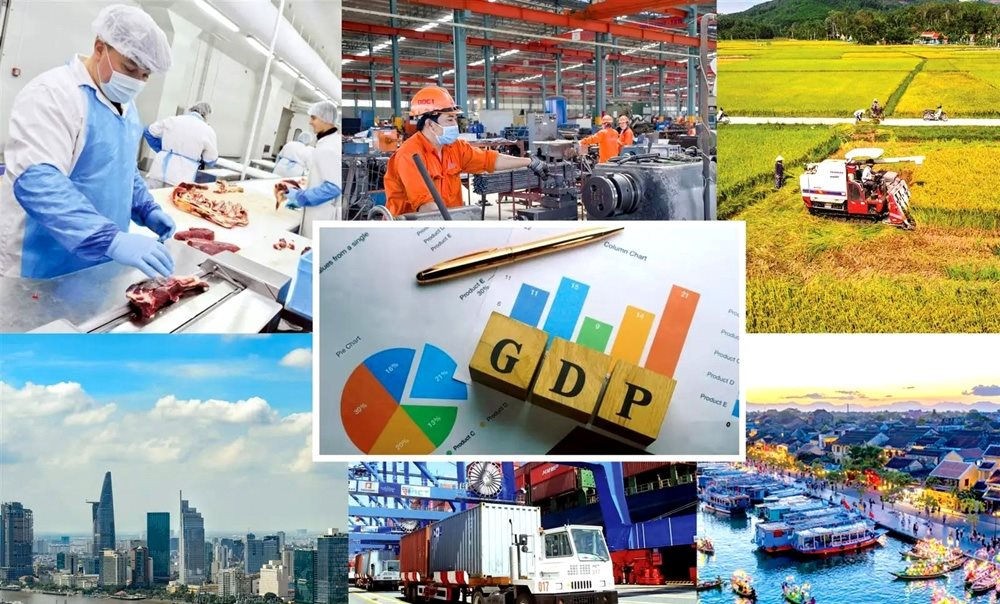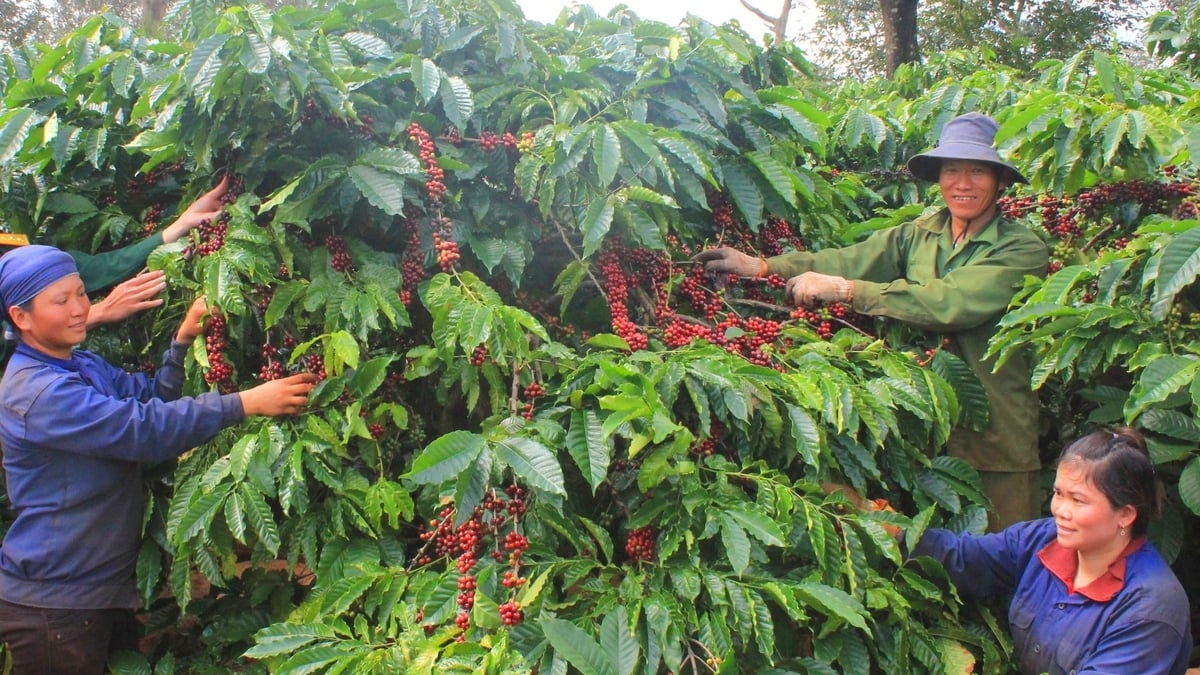In the East Asia- Pacific Economic Update 2025, the World Bank said: In 2024, the East Asia- Pacific region recorded economic growth rates that outperformed most other regions in the world.

To sustain this growth momentum and create more jobs, East Asia and Pacific countries need to proactively respond to global uncertainties while addressing long-term challenges related to changes in global integration, climate change and demographic trends.
The World Bank forecasts that growth in the East Asia and Pacific region will slow to 4% in 2025, from 5% in 2024. Higher or lower growth prospects will depend in part on the overall growth outlook, but equally important will be how countries respond to global uncertainties. Poverty in the region is forecast to continue to decline. Based on the upper middle-income poverty line*, about 24 million people in the region are expected to escape poverty in 2024-25.
Increased global uncertainty is weighing on business and consumer confidence, holding back investment and consumption. Trade restrictions are expected to weigh on East Asia-Pacific exports, while slowing global growth will dampen external demand.
“While facing global uncertainties, East Asia and Pacific countries still have opportunities to strengthen their economic prospects by embracing and investing in new technology, creating more business opportunities through bold reforms, and strengthening international cooperation,” said Manuela V. Ferro, World Bank Vice President for East Asia and the Pacific .
The economic growth prospects for some countries in the region in 2025 are forecast as follows: China: 4%; Cambodia: 4%; Indonesia: 4.7%; Malaysia: 3.9%; Mongolia: 6.3%; Lao People's Democratic Republic: 3.5%; Philippines: 5.3%; Thailand: 1.6% and Vietnam: 5.8%. The Pacific island countries are expected to achieve growth of 2.5%.
The World Bank recommends three policy directions. First, leveraging new technology can boost productivity and thus create more jobs, as evidenced by Malaysia and Thailand. Second, promoting reforms to increase competitiveness, especially in the service sector, can open up new economic opportunities, as seen in Vietnam. Third, strengthening international cooperation can help build resilience.
“Combining new technology with bold reforms and innovative partnerships will help countries in the region respond effectively to current and long-term challenges. That is the recipe for higher productivity and better jobs,” said Aaditya Mattoo, World Bank Chief Economist for East Asia and the Pacific.
Source: https://baolaocai.vn/wb-viet-nam-co-muc-tang-truong-gdp-cao-hon-so-voi-nhieu-nuoc-o-dong-a-thai-binh-duong-post400826.html

































































































Comment (0)